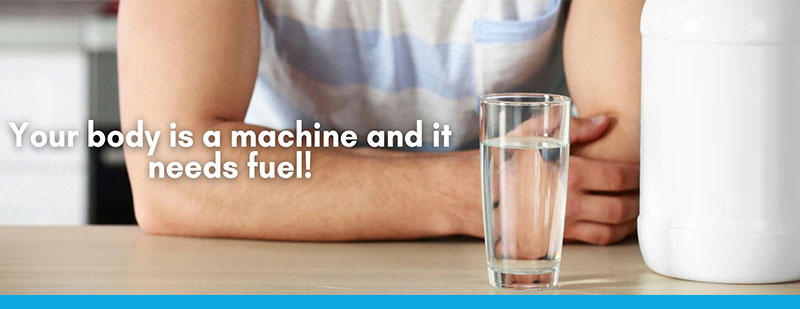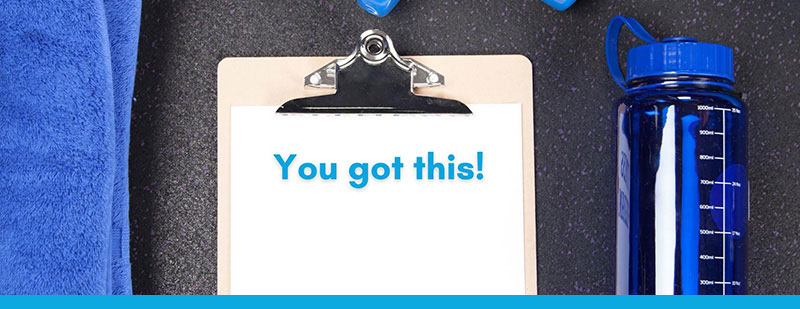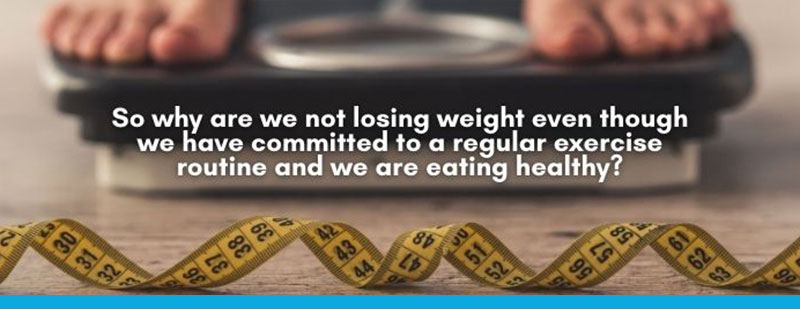Early Detection could Save Your Life
Breast cancer is the second leading cause of cancer-related death. Thousands of women are diagnosed with breast cancer every year, so it is important to raise awareness about this disease.
In this blog, we take an in-depth look at the potential symptoms of breast cancer, how to perform a self-check and what steps to take should you be concerned.
Are you at risk?
Centers for Disease Control and Prevention mentions studies that have been conducted proving that a combination of factors increases your risk of contracting breast cancer. Whilst certain cancer risk factors are unavoidable, such as increasing age, inherited genes, hormones and ethnicity, certain measures can be taken to minimize your risk.
Women who are overweight after menopause or suffer with diabetes have a higher risk of breast cancer. Alcohol intake can also increase the risk of breast cancer and this risk increases the more you drink. Small risks have also been linked to women who have undergone hormone replacement therapy or use a contraceptive pill.
How to do a self-check
1) Stand in front of a mirror with your shoulders straight and arms on your hips. Visually inspect your breasts.
2) Repeat with your arms raised.
3) Lie down on your back to feel your breasts. First, use your right hand to check your left breast. Use the pads of your fingers and move in a circular motion to feel for lumps or other changes. Be sure to cover the entire breast, from the center of your chest to your armpit and from your abdomen to your collarbone.
4) Repeat using your left hand to check your right breast.
5) Repeat while standing or sitting. You might find it easier to do this in the shower.
What are the symptoms of breast cancer?
The most common symptom of breast cancer is finding a lump in the breast.
However, it is important to understand that most breast lumps are benign and not cancer (malignant). Non-cancerous breast tumours are simply abnormal growths, but they do not spread outside of the breast. They are not life-threatening, but some types of benign breast lumps can increase a woman's risk of getting breast cancer. That being said, ANY breast lump must be checked by a healthcare professional to find out if it is benign or malignant (cancer).
According to Healthline.com, 1 in 6 women with breast cancer presented symptoms that did not include a lump.
Look out for these symptoms.
- changes in the shape of the nipple.
- breast pain that is not related to menstruation.
- clear, red, brown or yellow discharge from the nipple.
- unexplained swelling, redness, itchiness or rash on the breast.
- swellings or lumps around the collar bone or under the arm.
Diagnosing Breast Cancer
If you are concerned that you are presenting any of the above symptoms, it is recommended you visit your doctor immediately.
Your doctor will examine your breasts and the skin on your breasts, as well as check for nipple problems and discharge. They may also feel your breasts and armpits to look for lumps.
They will ask you questions about your health history, including any medications you might be taking, as well as the medical history of immediate family members.
Because breast cancer can sometimes be related to your genes, it’s important to tell your doctor about any family history of breast cancer. Your doctor will also ask you about your symptoms, including when you first noticed them.
Your doctor may request a mammogram, which is an X-ray of the breast, to help distinguish between a benign and malignant mass. Alternatively your doctor might recommend an MRI or ultrasound.
Often a small amount of breast tissue will be biopsied to be used for testing. This is the only way to confirm a diagnosis of breast cancer.
How is breast cancer treated?
Breast cancer is treated in several ways. It depends on the kind of breast cancer and how far it has spread. People with breast cancer often get more than one kind of treatment.
- Surgery. An operation where doctors cut out cancer tissue.
- Chemotherapy. Using special medicines to shrink or kill the cancer cells. The drugs can be pills you take or medicines given in your veins, or sometimes both.
- Hormonal therapy. Blocks cancer cells from getting the hormones they need to grow.
- Biological therapy. Works with your body’s immune system to help it fight cancer cells or to control side effects from other cancer treatments.
- Radiation therapy. Using high-energy rays (similar to X-rays) to kill cancer cells.
Body20 cares about raising awareness for breast cancer, encouraging women (and men) to be self aware and perform regular self checks. By recognizing the symptoms and consulting a professional as soon as possible, a diagnosis can be made early and your survival rate can be greatly increased.
Sign up for our #BreastCancerAwarenessMonth challenge at your Studio and help us raise awareness and funds for The Pink Drive.
For more information on breast cancer and where you can get tested, visit https://pinkdrive.co.za/
You can also contact your local CANSA Care Centre for health awareness materials.









